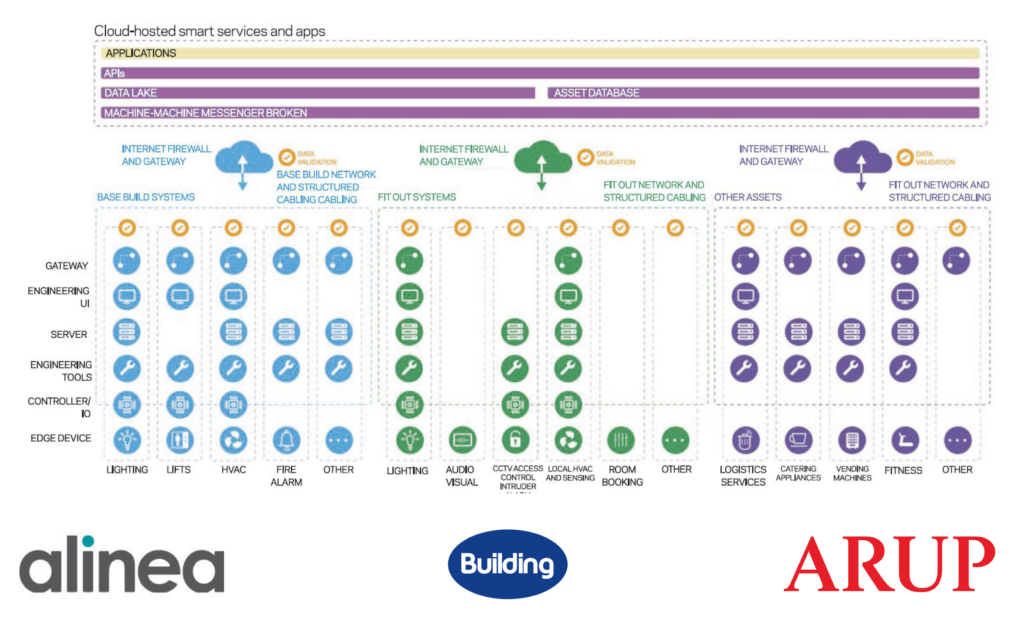
This diagram was from an article on smart building enablement in Building Magazine by the teams at Alinea (now Turner & Townsend alinea) and Arup in 2019. It was one of the first I read as part of my ‘deep dive’ into this space and found it super helpful. Re-reading it, however, I’m reminded by the French expression plus ça change, plus c’est la même chose (the more things change, the more the remain the same). That’s because the onward march of technology and evolving client needs means that what a smart building is for and why evolves. And that ‘why’ being very different depending on who you speak to among the ever increasing number of stakeholders involved.
The onward march of technologies includes the way the likes of Delta Controls Inc. are MQTT and PoE enabling their edge devices, so that tenant apps and integrated building platforms can communicated directly to operational technology without need for the middleware the authors mention. That’s particularly true in new build where there aren’t any legacy systems in place – hence some predicting the demise of the BMS. And that direction of technological travel changing the way what technologies gets specified and why, as well as market demands on manufacturers about the capability of their technologies.
And also on the demand side, occupancy is a huge challenge post-pandemic driven by the back-to-office ones faced by occupiers/tenants, which is increasingly blurring the lines between smart buildings and smart offices.
Part of me is interested in hearing from those behind the article about how much they think has changed since writing it and what remains the same, but I’m actually more interested in how insights along those lines might now help slice and dice the technology landscape (see more on this here). Here’s hoping that this blog will be a catalyst for a collaboration that looks at how that might be done. In the meantime, you can read the original article from Building Magazine here.



